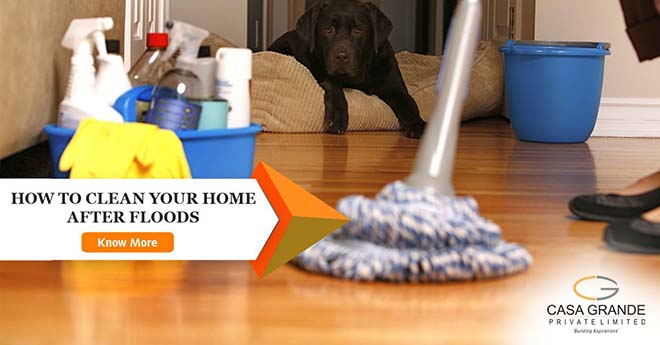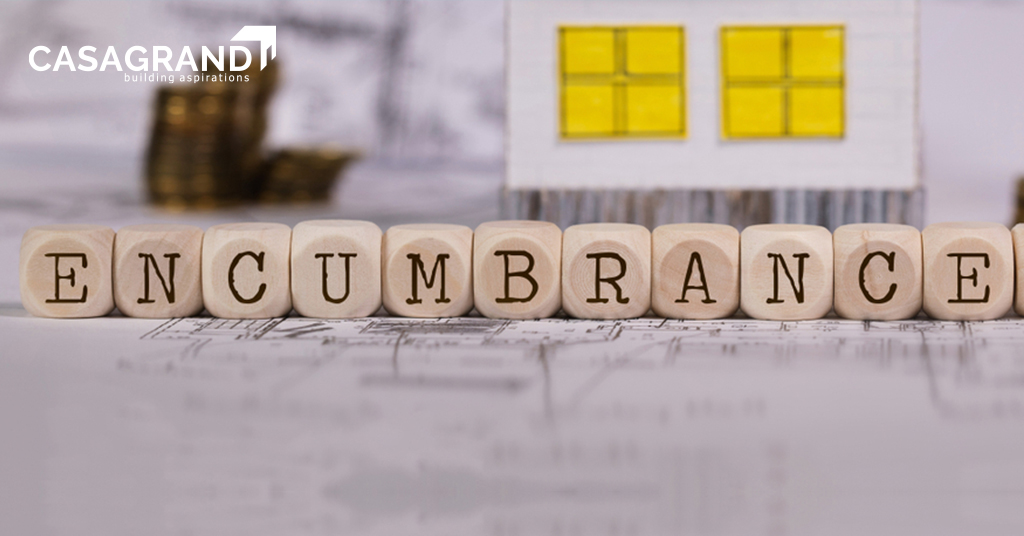The recent floods have left us all devastated in one way or the other. Some of us were locked up indoors for days without electricity while others have had issues with water entering their homes. If you were one of them, do read ahead to find out how to clean up post a flood.
Flood waters may contain risks that can affect your health, including raw sewage and chemical contaminants and Items and surfaces that come into contact with flood waters can become contaminated. Here are a few useful tips you can follow:
Report it to the insurance company
First thing is first, before you start cleaning out the water and setting things back to order, you need to report it to the insurance company. Fully document the damage for your insurer by taking photos or video. If you start removing water or making repairs before you photograph the damage, you could potentially decrease the extent of your coverage.
Determine the issue
Before you start the clean up, it is essential to determine if the flood involves just water or sewage-contaminated water. You must take special precautions if your house is flooded with sewage. There is a very real and significant danger of infection from breathing the air in an area contaminated by sewage and from handling water and materials contaminated by sewage. If it is sewage water, do not try to save any material exposed to it. Throw them all away because even after cleaning it, they could carry bacteria that can cause infection from breathing airborne particles or through direct physical contact.
Get rid of the water
The first and foremost step is to get rid of the water. Find contractors who specialize in removing water and get it done. Small amounts of water can be removed manually using buckets. Remove all water-damaged material from your house to make it easier to clean and dry your house.
Clean and disinfect
Wash mud, dirt and debris from your home starting at the highest point and working your way down. Scrub your house with hot water and bleaching powder to kill germs. Immerse glass, porcelain and plastic containers for 10 minutes in a disinfecting solution of 2 tablespoons of chlorine bleach of hot water. Cupboards and counters need to be cleaned and rinsed with a chlorine bleach solution before storing dishes. Take furniture, rugs, bedding and clothing outside to dry as soon as possible. Mattresses and most upholstered items that are completely saturated with contaminated water are not salvageable. Once you have cleaned a material, you must dry it as completely and as quickly as you can to prevent mold and bacteria from growing. Always remember to wear gloves and boots to clean and disinfect. Septic tanks may need to be pumped out and the soil and surrounding areas need time to dry out.
Get rid of Mould
If you haven’t been able to avoid mould, then get rid of it as quickly as possible. Mould can lead to serious health problems. In such cases you might be required to use a professional cleaning service. Using such services which offer reliable deep clean services to ensure the perfect ambience in your property is a wise idea. To minimize mould growth, move items to a cool, dry area within 48 hours and set up fans.
Check the electrical appliances
All electrical systems should be checked thoroughly before you start using them again. Silt can collect in the sockets, which can cause short circuits. Check all light switches and light fixtures for water if the flood waters were high enough to reach them. Do not use any appliances until the motors, their controls and elements have been checked by professionals.
Fix the plumbing
A flood can reverse water pressure in plumbing pipes and contaminate the pipes. So get them cleaned. The drains outside can also have some dirt and water. Drains can often be cleaned with special clean-out pipes or from the connection to the storm sewer. Check if the regular water supply has been inspected and officially declared safe for use.

















